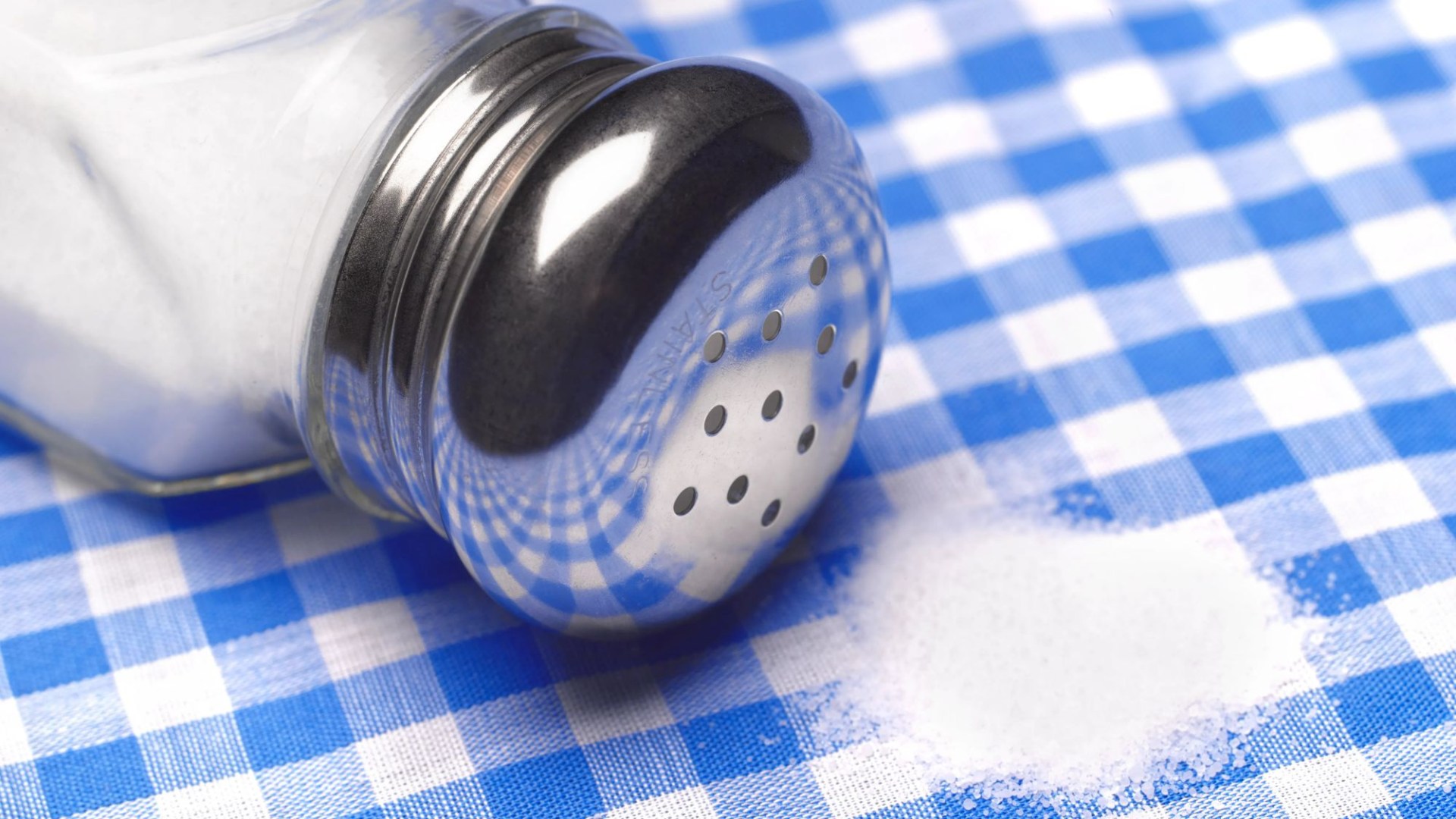THE effects of eating too much salt are well studied, as liberally seasoning your meals with the condiment can up your blood pressure as well as your risk of other serious health issues.
It can be hard to reduce how much salt you’re eating, as bread, cereal and ready meals often contain it already – but research shows that cutting consumption by just a gram can make a big difference.
2
High blood pressure – which can be exacerbated by eating too much salt – can increase the risk of heart attacks and strokes.
Scientists from Queen Mary University suggested that a reduction of just 1g of salt a day intake could be enough to prevent 9 million cases of stroke and heart attack by 2030.
The study published in 2022 used health data from China, where salt intake is among the highest in the world – about 11g a day, compared to the World Health Organisation’s recommendation of 5g.
Cutting salt consumption by a gram could also save four million lives by 2030, researchers claimed.
It comes as recent research by Swedish scientists found that drinking milk can increase the risk of a heart attack – as large amounts of lactose trigger harmful inflammation and cell damage, ageing the heart faster.
Queen Mary researchers developed a risk assessment model to estimate the potential health impact of reducing salt intake in China.
“There is strong and consistent evidence for a causal and dose response relationship between salt intake and blood pressure, which is a leading risk factor for cardiovascular disease (CVD),” they wrote in a their paper, published in the British Medical Journal.
“Reducing salt intake lowers blood pressure, and thus CVD risk as well.”
They found that if people in China were to reduce their salt intake by just 1g a day, it could lower their risk of suffering an ischaemic heart disease by about 4 per cent and the risk for stroke by about 6 per cent.
If this reduced level of salt intake could be maintained between 2022 and 2030, researchers estimated that 9 million instances of CVD could be prevented.
“If we account for the more prolonged effects of salt on blood pressure, this figure might increase to 10 million,” researcher said.
“Should the reduced salt intake levels be sustained for 10 more years, the cumulative benefits by 2040 of reducing salt intake could reach a total of approximately 13 million CVD events prevented,” they claimed.
They estimated that about six million of these CVD events could have been fatal, with six million of them resulting in premature death.
Researchers also tested what might happen if adults in China cut their sodium intake by 3.2g and 5g a day.

2
If those targets were hit, up to twice as many deaths related to cardiovascular disease could be prevented.
Researchers said that their estimates of reductions in blood
pressure and risk of CVD that corresponded to what has been observed in countries with successful salt reduction programmes, such as the UK and Finland.
Its findings were echoed in a study conducted by Korean researchers, which found that regularly salting your food could increase the risk of atrial fibrillation by 22 per cent compared to people who never or rarely use the condiment.
Atrial fibrillation is a heart condition that causes an irregular and often abnormally fast heart rate.
Professor James Leiper, of the British Heart Foundation, said the study was “a healthy reminder” not to use too much salt.
How much salt are you eating?
The NHS recommends adults should have no more than 6g of salt a day – around a teaspoon.
Most of the salt we eat is already in our food before we buy it. As a result, we often end up eating more salt than we realise.
It’s well-known that microwave meals, takeaways and snacks like crisps are high in salt. You might be surprised to know a lot of other foods are high in salt, like:
- Cheese – about 1.8g in 100g of Parmesan or 0.9g in the same amount of feta
- Breakfast cereals – about 0.3g in a 30g serving of cornflakes
- Canned soups – about 1.1g in an 100g can of tomato soup
- Bread, pastries and pizzas – about 0.3g in 40g slice of white bread
- Biscuits, cookies and cakes – about 0.2g in a digestive biscuit
- Processed meats like sausages, bacon and ham – about 1.5g in two rashers of bacon
- Sauces like gravy, ketchup and soy sauce – about 0.5g in a 50ml portion of gravy
The amount of salt will be different between different brands and varieties. Check your food labels before you buy to help you choose healthier options.
Source: BHF




